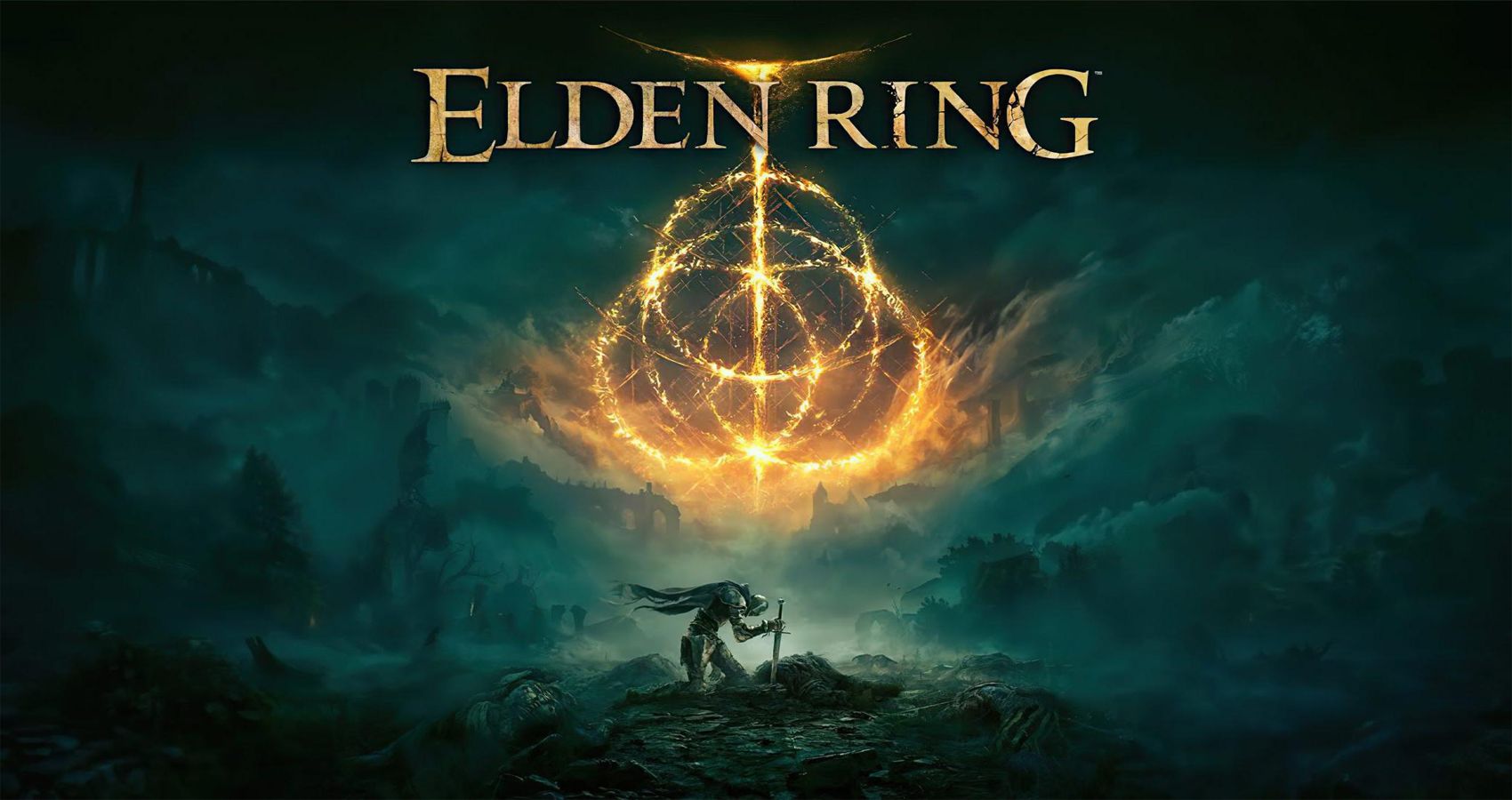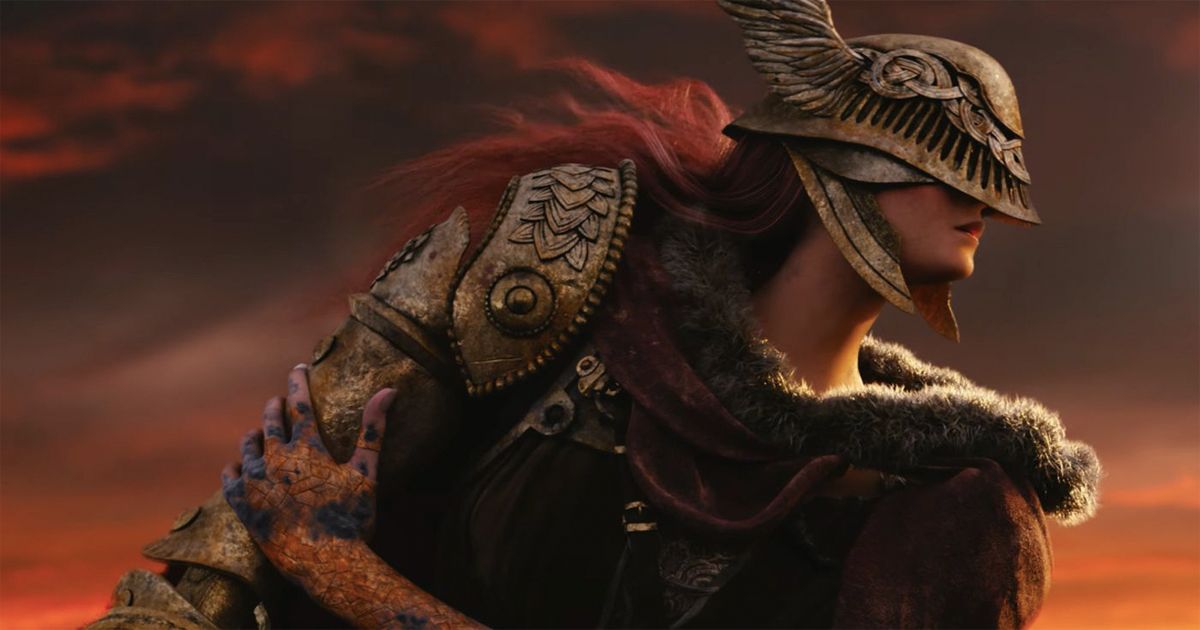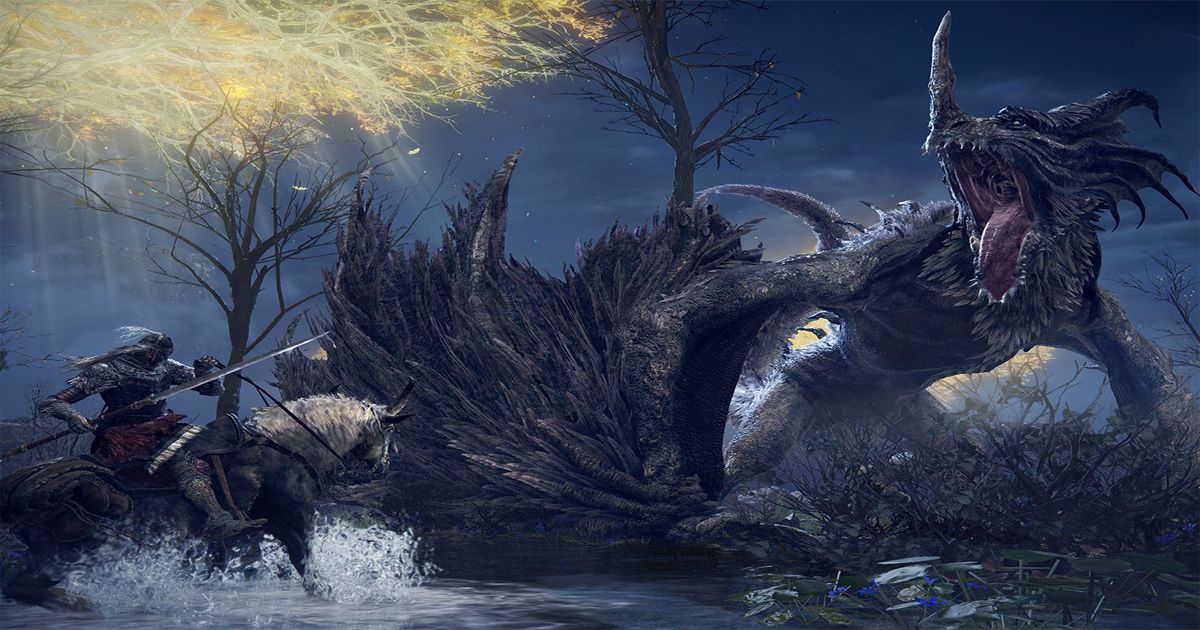After many, many long years, which is oddly fitting considering the themes of most FromSoftware games, fans of Dark Souls and Souls-like games can rejoice as FromSoftware's latest entry into the genre, Elden Ring, is now available for the masses to enjoy. In the short time since the game's release, critics and fans alike have been throwing all sorts of praise at it, with some even considering it the single greatest game FromSoftware has ever created. Whether that is true is a subject that is worthy of debate, but one thing that cannot be denied is Elden Ring's immense popularity with longtime fans of FromSoftware's previous games.
With immense popularity, of course, comes a demand for more, and while it may take a bit of time, “more” is something that FromSoftware does love to deal in. Outside of FromSoftware, however, is where things get interesting. Unlike the Dark Souls trilogy, Bloodbourne, and Sekiro: Shadows Die Twice, which were all written and directed by their creator, Hidetaka Miyazaki, Elden Ring is unique in that it is the brainchild of both Hidetaka Miyazaki and George R. R. Martin of Game of Thrones fame.
As such, the influence of both writers can be seen everywhere in the game, from Miyazaki's messed up world and interesting characters to George R. R. Martin's dialogue and the relationships all the characters have with each other. Because of this, the story of Elden Ring is much more easily accessible to players than any of Miyazaki's previous works, as it does not require any effort on the player's part to discover for themselves what the story of the game actually is. A more accessible story, as it happens, makes Elden Ring more ripe for adaptation than any of Miyazaki's previous games, save for perhaps Sekiro: Shadow's Die Twice.
Dialogue Tells the Story
As was stated earlier, Elden Ring is the brainchild of both FromSoftware's Hidetaka Miyazaki and Game of Thrones author George R. R. Martin. Because of this, the influence of both authors can be found in the game's story, and nowhere does it show more than in the dialogue. In all of Miyazaki's previous works, his characters were very soft-spoken and usually said no more than they needed to. The purpose of this was to add a little to the mystery of Miyazaki's games and give some incentive to the player to discover for themselves what is actually going on.
In Elden Ring, by contrast, thanks to George R. R. Martin's influence, the characters talk, and by Jove, do they talk a lot. Every character the player meets in the game has their own backstory, which they are all too eager to share if asked. Every one of them has some sort of relationship with at least one of the other characters in the game, and all of them have some investment in seeing the player character succeed, meaning that they will help you in any way that they can. All of this can even be seen in the game's opening, which to compare to Miyazaki's Dark Souls, which is narrated by an old woman speaking as if the story she is telling is a legend, Elden Ring's opening is set to an operatic fanfare and may as well be narrated by Brian Blessed as the history of the setting is explained and all the major players are introduced.
All of this dialogue and the way it is presented means that at no point, ideally anyway, the player should ever be confused about what they are doing and what their goal is. In contrast to Dark Souls, which initially gives the player a very vague goal that will help out in an unspecific way, in Elden Ring, from the word “go,” the player knows exactly what is going on, what their goal is, and what is at stake. That is not to say that there are no longer any mysteries to solve, as, in true Miyazaki fashion, there are still many unanswered questions, especially regarding the histories of the game's major antagonists, but at no point is the player's goal left vague, and no character will ever tell the player otherwise. As long as there is a clear goal to follow, then that is something that can keep an audience hooked, regardless of how the story is adapted.
Breaking the Mold
George R. R. Martin's dialogue, however, is not the only way that Elden Ring breaks the mold of Hidetaka Miyazaki's previous games. For starters, The Lands Between, the setting of Elden Ring, is an open world, meaning that the player can freely explore it as they wish and are even given a horse to cover vast distances. Story-wise, however, the setting of The Lands Between and the game's major antagonists that inhabit it all have a clearly defined history, which, while vague due to Miyazaki's influence, can actually be discovered in detail if the player wishes to look for it. So there is so much more to all of these characters and the setting itself than initially meets the eye. This is, again, a contrast to Miyazaki's previous works, such as Dark Souls, where even if the player does discover the full history of the setting, there are still many unanswered questions.
With such an expansive world and a rich history, anyone attempting to adapt Elden Ring into anything would have a field day with all that is presented to them. The only thing that is really missing is the history of the player character, which is left vague on purpose as Elden Ring is an RPG, and the player themselves is supposed to be a nobody with no real connection to The Lands Between. In this, the player can, of course, be anybody that they wish.



